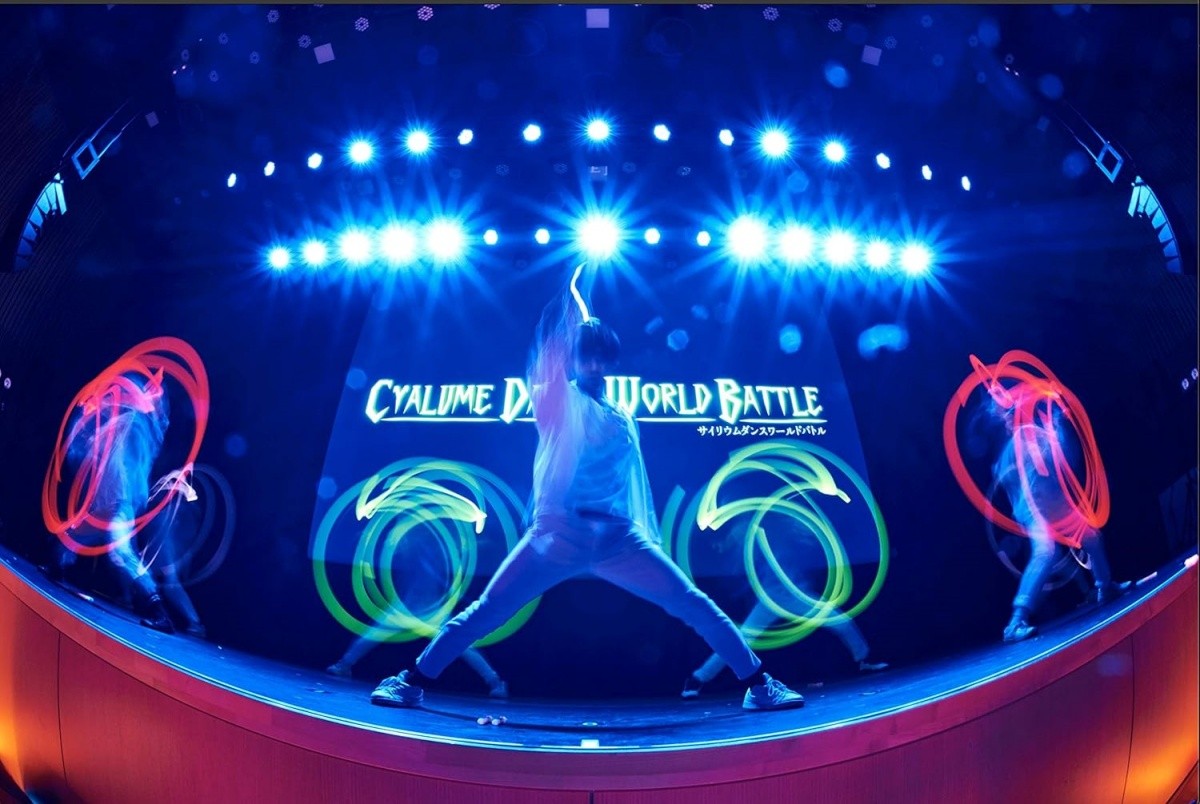
Wotagei (Otagei) is a term that refers to the passionate and unique dance performances and chants by fans who support idol groups and artists who sing anime songs. It's a phenomenon that has become more visible on video streaming sites and social media. Despite being collectively referred to as wotagei (otagei), there are various styles, including fans who use light sticks (known as cyalume sticks) and those who don't, different dance types, and diverse activity ranges. This article delves into the history, dance styles, and the light trails created by the sticks used in wotagei (otagei) performances.
What is Wotagei (Otagei)?
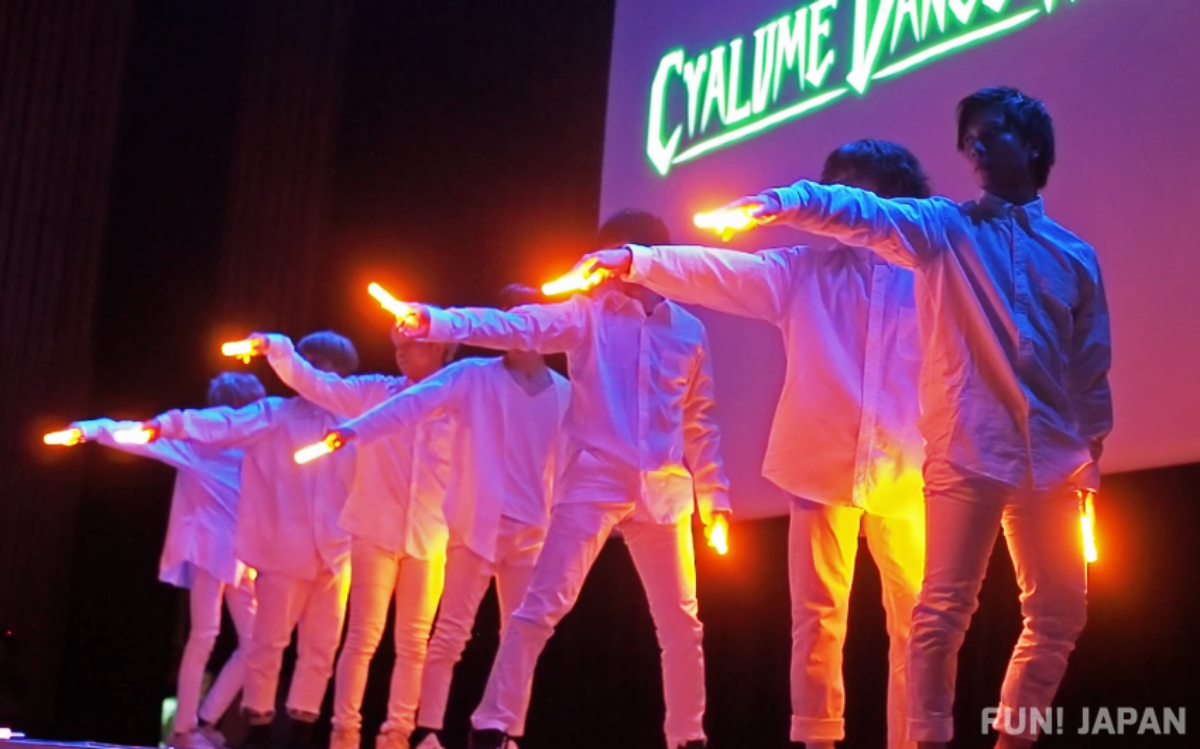
Wotagei (Otagei) is an abbreviation for "otaku's performance." It refers to the dance and chant performances by fans at live concerts of idols and artists who sing anime songs, as part of their oshikatsu (enthusiastic support activities). It is said to have started in the 1970s when fans would cheer in unison to the songs of idols. Since the 2000s, more unique movements have been added, evolving into what we now call wotagei (otagei). Today, fans are divided into those who dance with glowing sticks and those who don't, leading to a variety of cheering methods.
Types of Wotagei (Otagei): What Moves Are There?
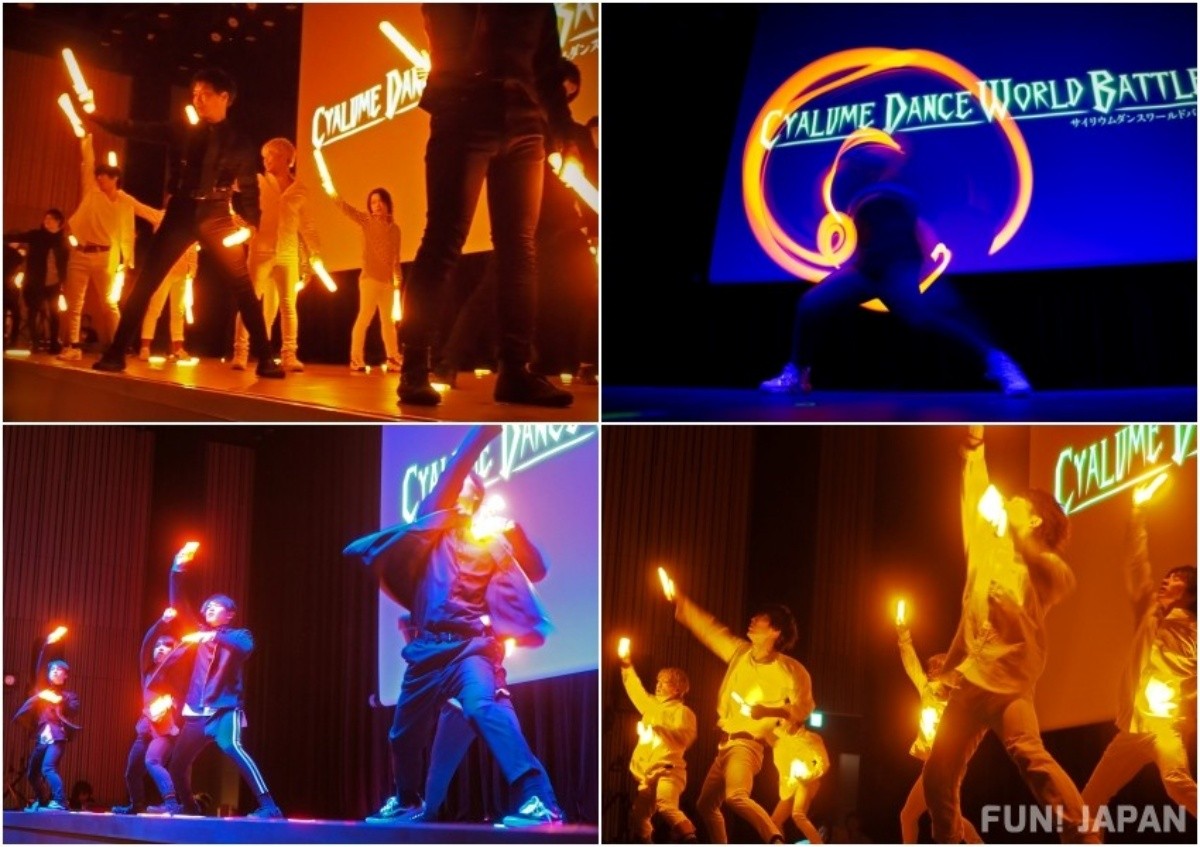
Wotagei (Otagei) is generally categorized into two main types. One type involves fans cheering with unique movements and chants during live performances of idols and artists. The other type is more performance-oriented, involving the use of light sticks, known as cyalume sticks, to dance to idol and anime songs. Within wotagei (otagei), there are numerous predefined movements, called "waza" or "techniques," which are used in different parts of a song such as the verse (A-melody), bridge (B-melody), and chorus. Here, we introduce some of the famous basic techniques.
- A-melody: The beginning part of the song after the intro.
- B-melody: The part that bridges the A-melody to the chorus.
- Chorus: The most exciting part of the song.
Tiger & Jizo
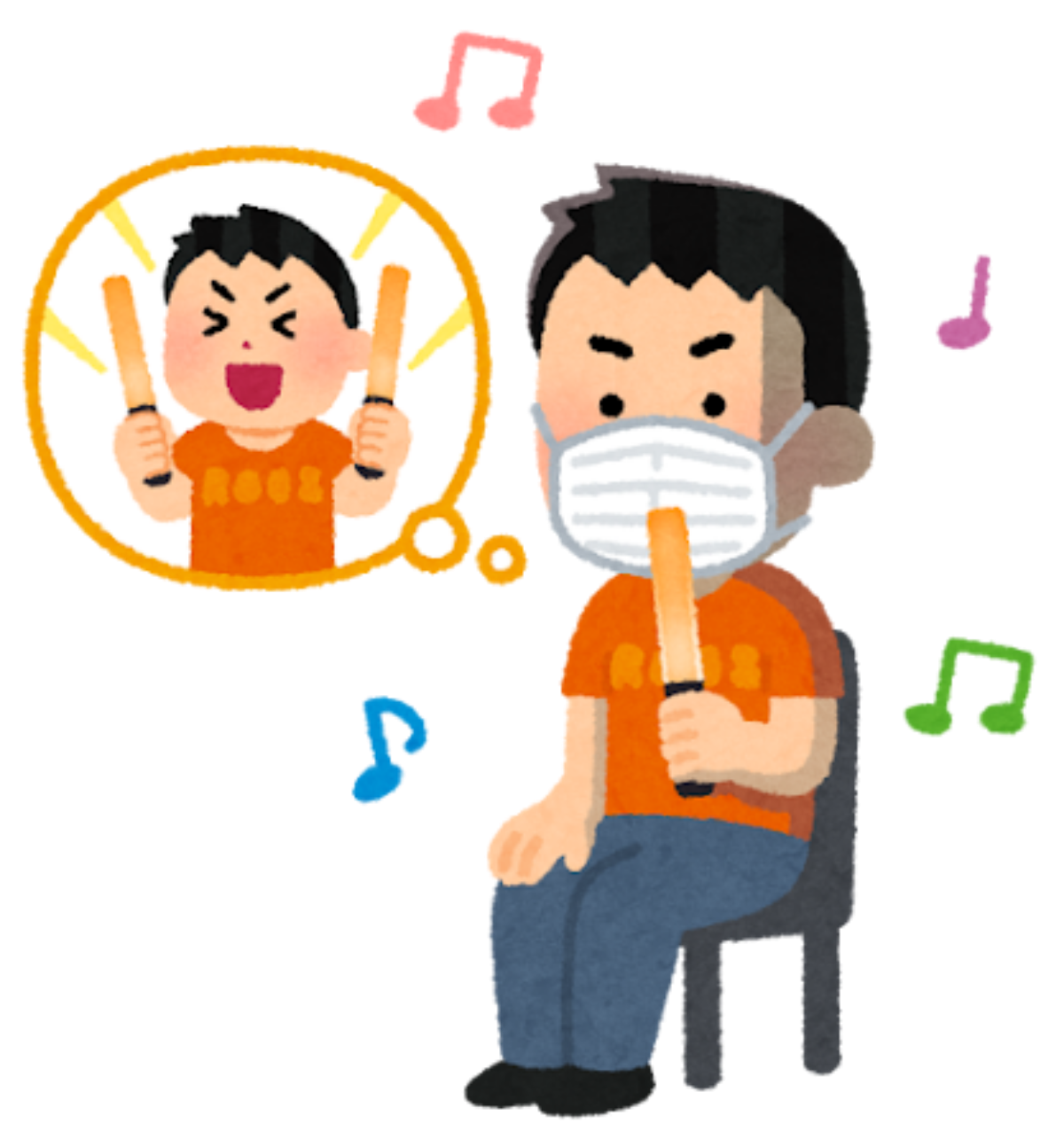
"Jizo" refers to fans who stand still like statues during the live performances of idols or artists. "Tiger" is similar in that it involves standing still, but it also includes standing with arms crossed, resembling a statue. This technique is recommended when fans want to focus entirely on the live performance.
Over Action Dolphin (OAD)
This technique is primarily used during the A-melody. It involves swinging both arms energetically in a circular motion and clapping. The large movements resemble a dolphin, which is how it got its name. Often, basic moves like Knee High Oh High and Soiya (Four Thrusts) are incorporated into OAD. Knee High Oh High involves lifting the hand from the left foot to the right chest. Soiya (Four Thrusts) involves thrusting the arms alternately in diagonal downward and upward directions.
Rosario
This technique is mainly used during the B-melody. It involves raising the right arm above the head, then lowering it powerfully towards the ground in a stabbing motion while swinging the other arm from the elbow. The key to executing this move smoothly is twisting the waist and slightly pulling the right arm back before the downward motion. The name "Rosario" comes from the act of forming a cross with the body as a prayer to the idol being supported.
Romance
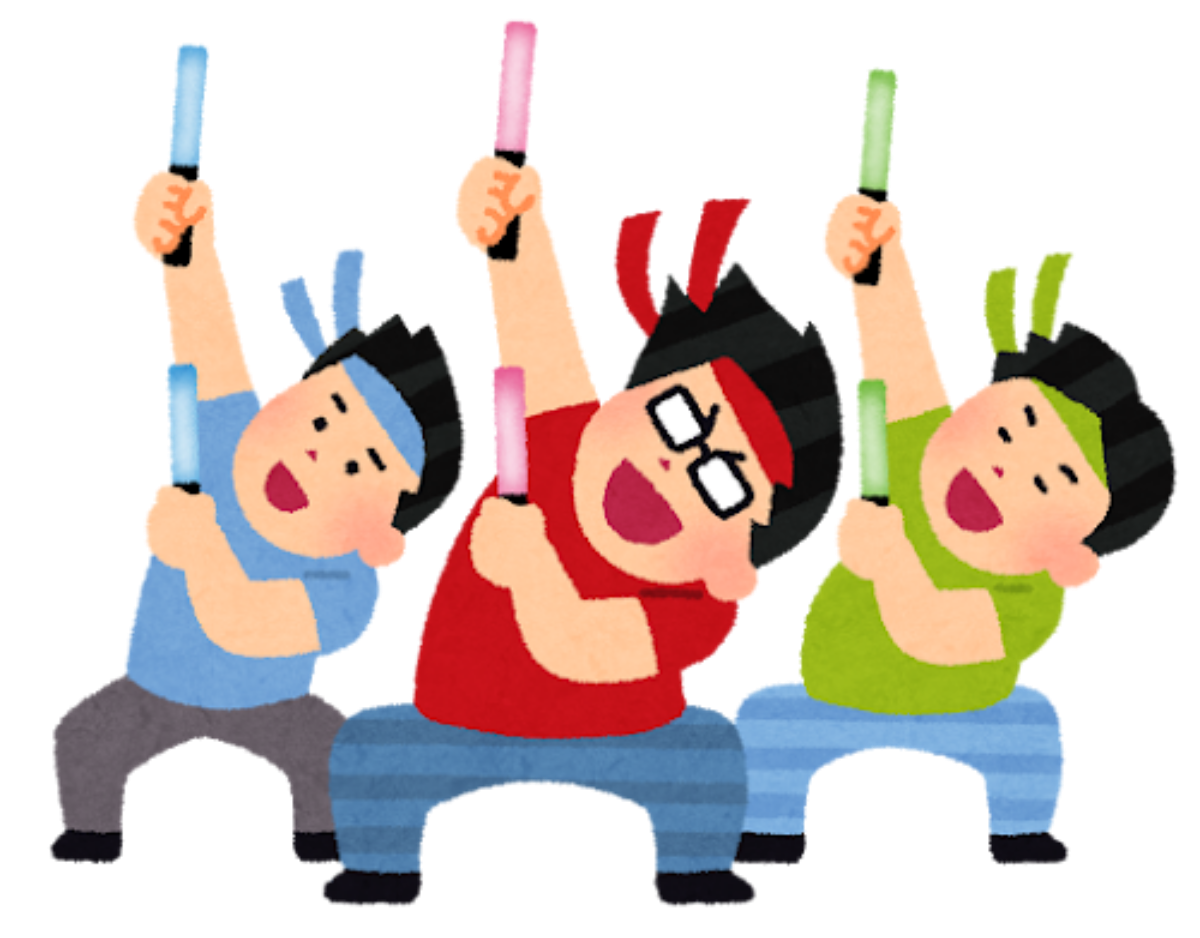
One of the most famous "chorus techniques" (sabi-waza) used mainly during the chorus part of a song. The move involves extending the left arm upward, rotating the right hand three times, then alternating pulling the arm from the top diagonally, combined with a pendulum-like swinging motion. This technique is often used in the latter half of the chorus, with other chorus techniques used in the first half.
Thunder Snake
Like Romance, this is a type of "hook technique" used in the hook part of a song, and is one of the most famous techniques. The basic movement is to extend your left and right hands from right to left with a time difference, then return your left and right hands to the right at the same time. Rotate your arms 2-3 times in front of your body. Stop your hand in the upper left, and move your left and right arms to the lower right with a time difference. After that, perform the "Snake Thunder (Six Thrusts)" technique, where you thrust your right hand to the left and your left hand to the right, alternately thrusting downwards, middle, and upwards. These movements represent a fierce thunder and a supple snake. Like other techniques, this technique also has common points in basic movements, but there are various variations.
Amaterasu
A chorus technique involving movements similar to drawing a bow, with both arms making large circles alternately. The move is inspired by the mythological sun goddess Amaterasu, symbolizing an action that lights up the sky. It can also be connected to the "Snake Thunder" (six thrusts) technique.
Muramasa
A chorus technique combining diagonal cutting motions and large arc movements with both hands alternately. Named after the legendary cursed sword "Muramasa," it has an original version as well as many variations.
Kecha
A type of wotagei where both hands are extended towards the idol or artist, often used just before the chorus when the music volume drops significantly. This move can also include clapping, bending backward, or rotating the wrists, making the idol feel loved.
Merry-Go-Round
A wotagei involving one person standing in the center while others circle around like a merry-go-round. Unlike the solo techniques mentioned above, this move requires at least 3 to 20 people and can be performed with up to 50-100 people.
What are the Light Sticks (Cyalume) Used in Wotagei (Otagei)?
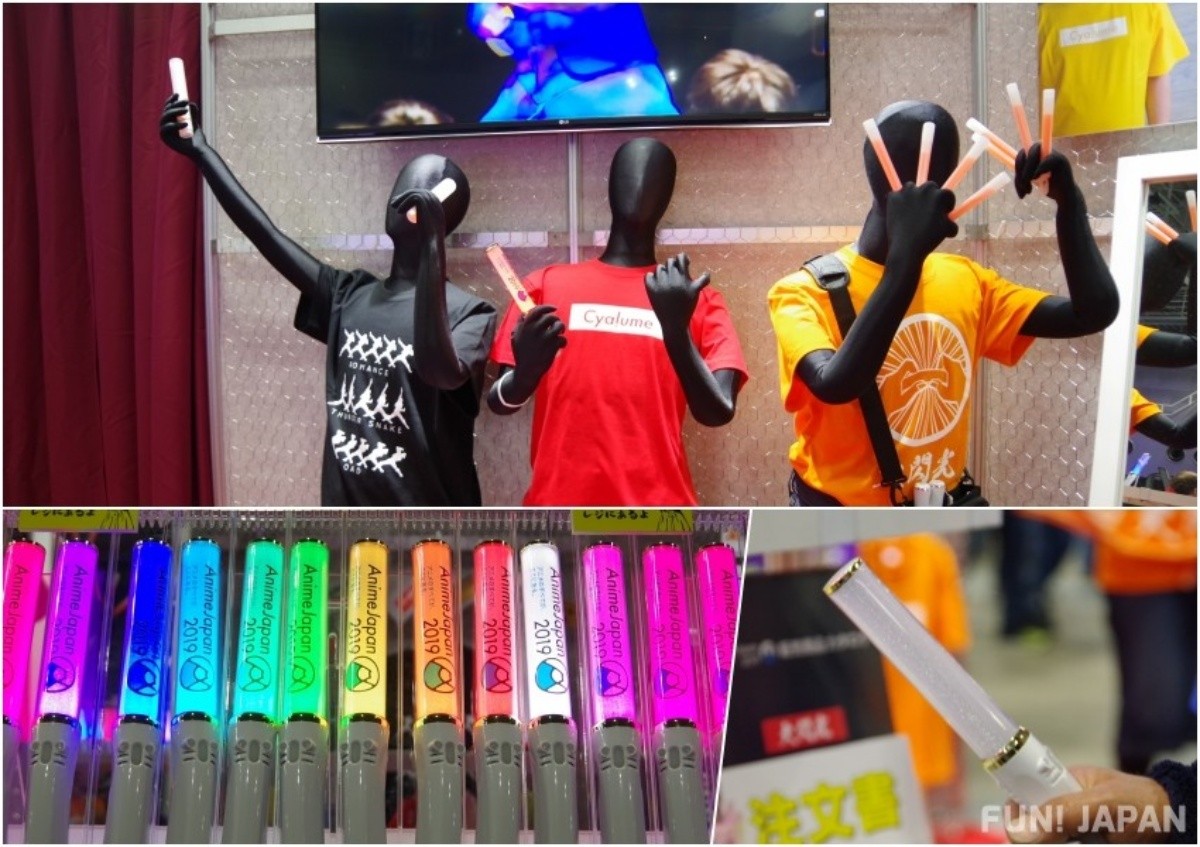
There are two main types of light sticks used in wotagei (otagei) performances. One type is the battery-powered penlight, which can be used continuously. The other type is the disposable cyalume stick (chemical light), which emits light when bent.
Features of Cyalume Sticks
Cyalume sticks contain two separate liquids inside a sealed stick. When the stick is bent, the liquids mix and produce a bright fluorescent glow. These sticks come in a variety of colors, including red, orange, green, and purple, and are very lightweight. This makes them easy to swing around during performances without worrying about the weight, even when holding multiple sticks.
While penlights can sometimes lose their light due to battery issues when swung vigorously, cyalume sticks do not have this problem. However, the brightness and duration of the light can vary between products, so it's best to check them before using them in a performance. Cyalume sticks are also more affordable than penlights, so it's a good idea to have some spares on hand.
What is Cyalume Dance?
Cyalume dance involves using cyalume sticks in wotagei (otagei) performances. Techniques like Thunder Snake, Rosario, Amaterasu, and Muramasa are commonly combined with the rhythm of the song. Many performers and teams strive for stylish and high-quality performances, not just for live concerts but also for sharing on video streaming sites, social media, events, and media.
What are "Calls" in Wotagei (Otagei)?
"Calls" are the chants fans shout to hype up their favorite idols or live performances, known as their "oshi." There are no strict guidelines, but basic calls can be categorized into 4-5 types, including MIX, Aino Tei calls, and Kojo. A classic example of MIX is "Ah! Yossha ikuzo! Tiger! Fire! Cyber! Fiber! Diver! Viber! Jaja!" However, some concerts prohibit wotagei (otagei) and calls, so it’s best to check in advance if you plan to do calls.
Wotagei (otagei) extends beyond just hyping live performances, with many individuals and teams honing their skills for showcasing. The techniques mentioned here are just a few examples, as countless new techniques and variations are created daily. Why not dive into the deep and fascinating world of wotagei (otagei) yourself?





Comments